When I started my first suspense about eight years
ago, I didn’t know the difference between writing a mystery and a suspense. I
went back and forth from a strong mystery thread to a strong suspense thread.
Half way through and several rejections later, it soon became clear that I was
confused. So I shelved that book and to this day it remains, waiting to be
dusted off and restarted. Since then I’ve published two mysteries. Looking back
on my first suspense novel, I see the problems and understand my genre confusion.
I think a lot of new mystery/suspense writers may be confused as well.
Hopefully, I can help clear things up and send you on your way to writing a
strong mystery or suspense.
The first thing to realize is that there is a
distinct difference in writing a mystery and a suspense. Knowing the differences
in both genres and the expectations of the readers will help you craft the best
novel possible and satisfy the readers of each genre. Mystery readers want an
intellectual puzzle to solve while suspense lovers want to be taken on a
rollercoaster ride of emotion. It’s that simple. The primary question mystery
readers want answered is “Who did it?” In a suspense, the reader wants to know “Will
the hero survive?”
In a mystery, the hero is in control and processes
and understands information those around him can’t. The crime he is trying to
solve is usually outside his personal life, and it’s up to the hero to connect
all the clues into one complete puzzle to find the culprit. Traditionally, the
mystery detective doesn’t undergo much character growth, but with modern
mysteries that has changed. In the course of unraveling the crime, today’s
amateur sleuth may undergoes an inner transformation by solving their own
personal problems in the course of the mystery. But the core of the mystery is still
the sleuth solving a mystery outside of her own personal situation.
In
a suspense, the story is about the hero and his transformation to becoming a
true hero. He is not the calm sleuth of the mystery novels who analyzes clues
to solve the crime. Instead, the suspense hero is thrown around by life
threatening circumstances, experiences emotional ups and downs, and is unable
to control his fate.
Now that we know the difference between the two genres,
let’s talk about some basics of mystery and suspense writing. We’ve already
established that mystery readers are looking for a puzzle to solve. The thrill
for the mystery reader is the tension which is created from discovering missing
information and clues, then piecing them together to solve the crime.
In a mystery, the main crime happens off stage
before the book starts or at the very start of the book, and the reader must
stay two steps behind the detective. Why? Remember the reader wants a puzzle to
solve. By having them stay two steps behind the detective it gives them the
opportunity to solve the crime before the sleuth does. One of the cardinal
rules of mystery writing is the writer needs to play fair with the reader. That
means they must allow the reader to investigate along with the detective by discovering
clues when the detective does.
Knowing how to drop clues without being too obvious
is the trick of mystery writing. We want our readers to get to the end and
think, “I should have seen it coming!” But writers need to avoid making the
mystery too difficult that there’s no possible way the reader could solve it.
In a suspense, the reader is looking for
an emotional rollercoaster ride which is created by supplying the reader with
information and allowing them to see the danger. Tension is created when the
reader is two steps ahead of the hero. The reader sees a clear and present
danger to the hero, a danger the hero doesn’t see coming.
The thrill for the reader comes when the hero is
buffeted by fate and waivers from trust and safety to suspicion and calm, then
back again, several times through the course of the novel. The key to a good
suspense is upping the stakes for the hero until character growth is achieved.
In the end, the suspense hero will realize he’s journeyed through a perilous
situation, learned new coping skills, and survived.
Of
course, there’s a lot more to writing the mystery and suspense, but knowing
about your hero and the nature of the crime can help you determine what
direction you should take your story and how to please your audience.
Can
you write a story that has both mystery and suspense? Yes, but know which genre
is dominant. Mysteries can have suspense elements and suspense novels can have
mystery threads, but readers of both genres have specific expectations. Knowing
those reader expectations is the key to writing a successful mystery or
suspense. Mystery readers want a puzzle to solve. Suspense readers want an
emotional rollercoaster ride. Fail to meet those expectations and you let the
reader down.
 Gina Conroy is founder of Writer...Interrupted and is still learning how to balance a career with raising a family. Represented by Chip MacGregor, she finds time to write fun, quirky mysteries in between carpooling and ballroom dancing . Her first mystery Cherry Blossom Capers, released from Barbour Publishing in January 2012, and Digging Up Death is available now.
Gina Conroy is founder of Writer...Interrupted and is still learning how to balance a career with raising a family. Represented by Chip MacGregor, she finds time to write fun, quirky mysteries in between carpooling and ballroom dancing . Her first mystery Cherry Blossom Capers, released from Barbour Publishing in January 2012, and Digging Up Death is available now.
 Gina Conroy is founder of Writer...Interrupted and is still learning how to balance a career with raising a family. Represented by Chip MacGregor, she finds time to write fun, quirky mysteries in between carpooling and ballroom dancing . Her first mystery Cherry Blossom Capers, released from Barbour Publishing in January 2012, and Digging Up Death is available now.
Gina Conroy is founder of Writer...Interrupted and is still learning how to balance a career with raising a family. Represented by Chip MacGregor, she finds time to write fun, quirky mysteries in between carpooling and ballroom dancing . Her first mystery Cherry Blossom Capers, released from Barbour Publishing in January 2012, and Digging Up Death is available now.



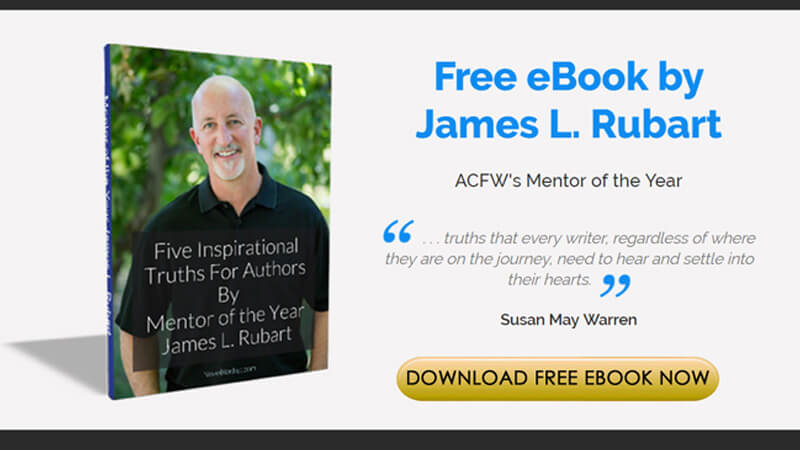

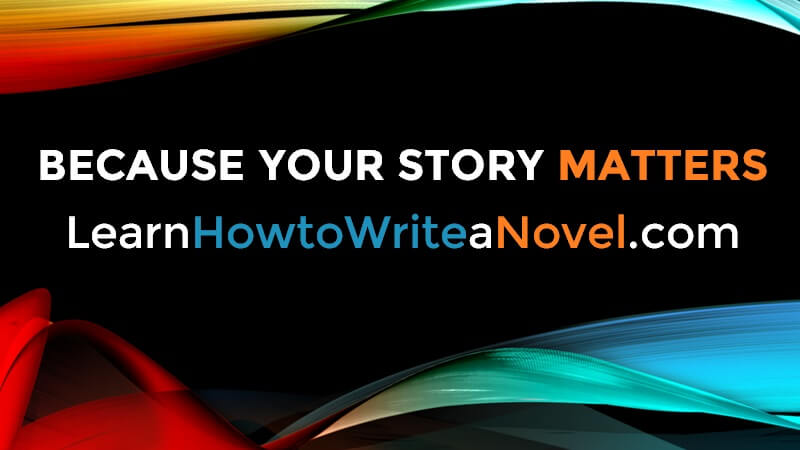

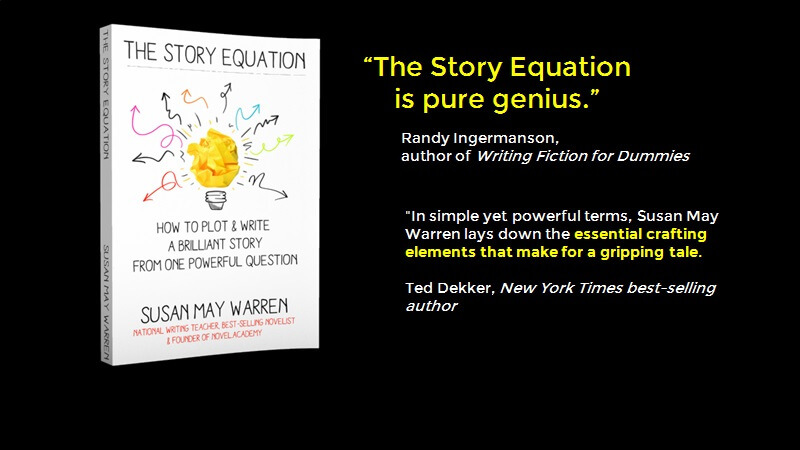
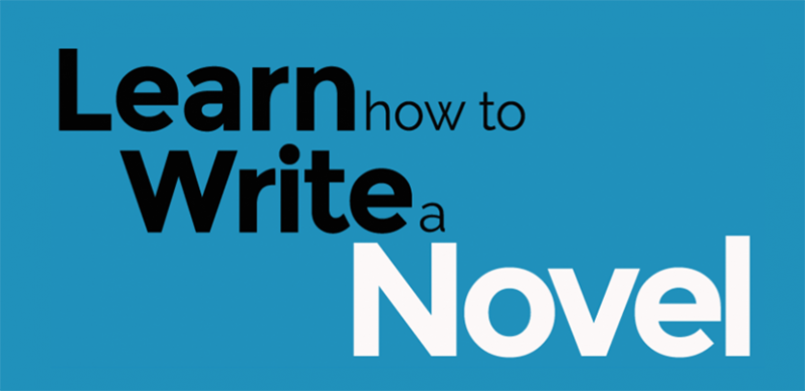

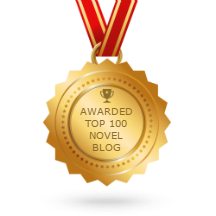
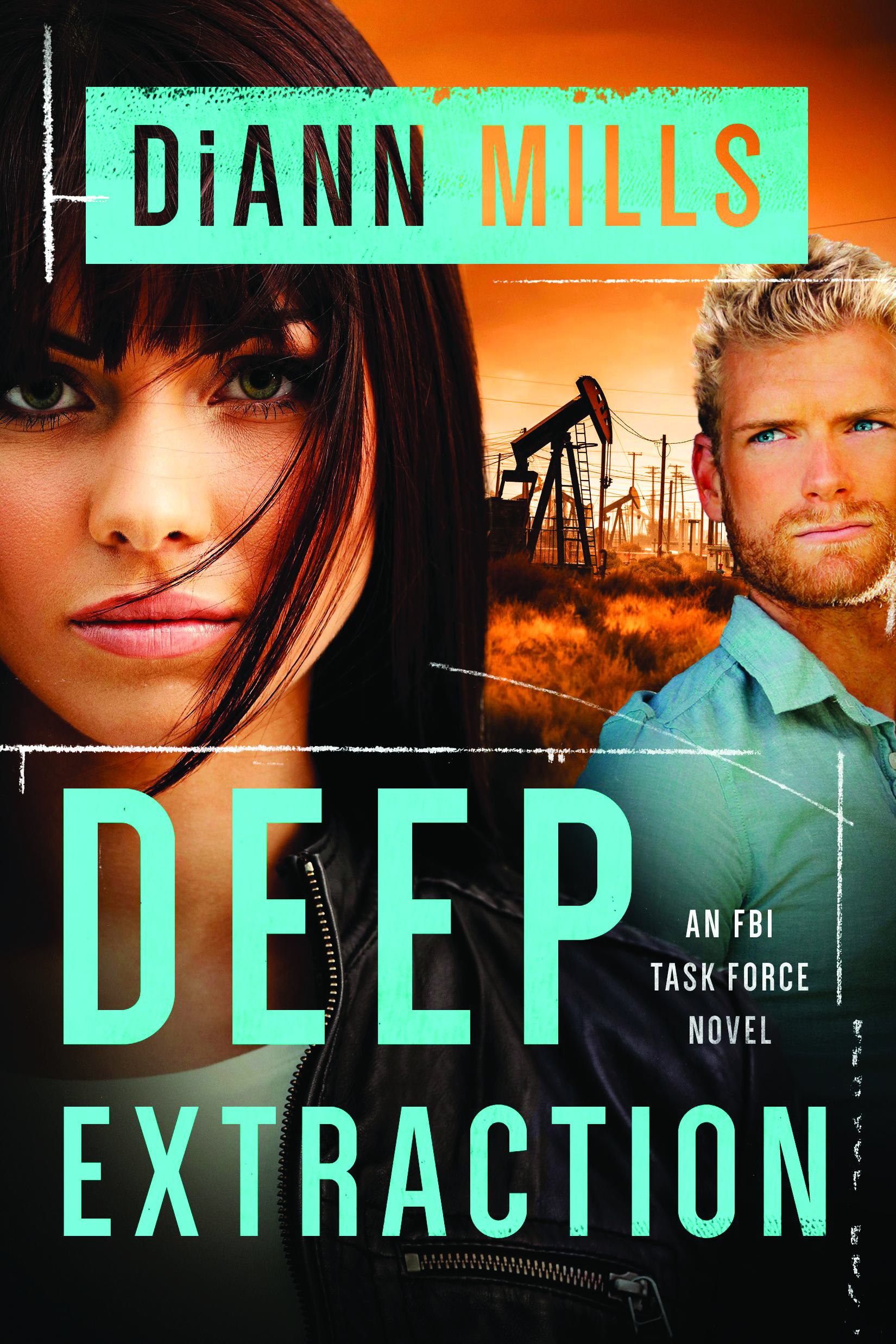
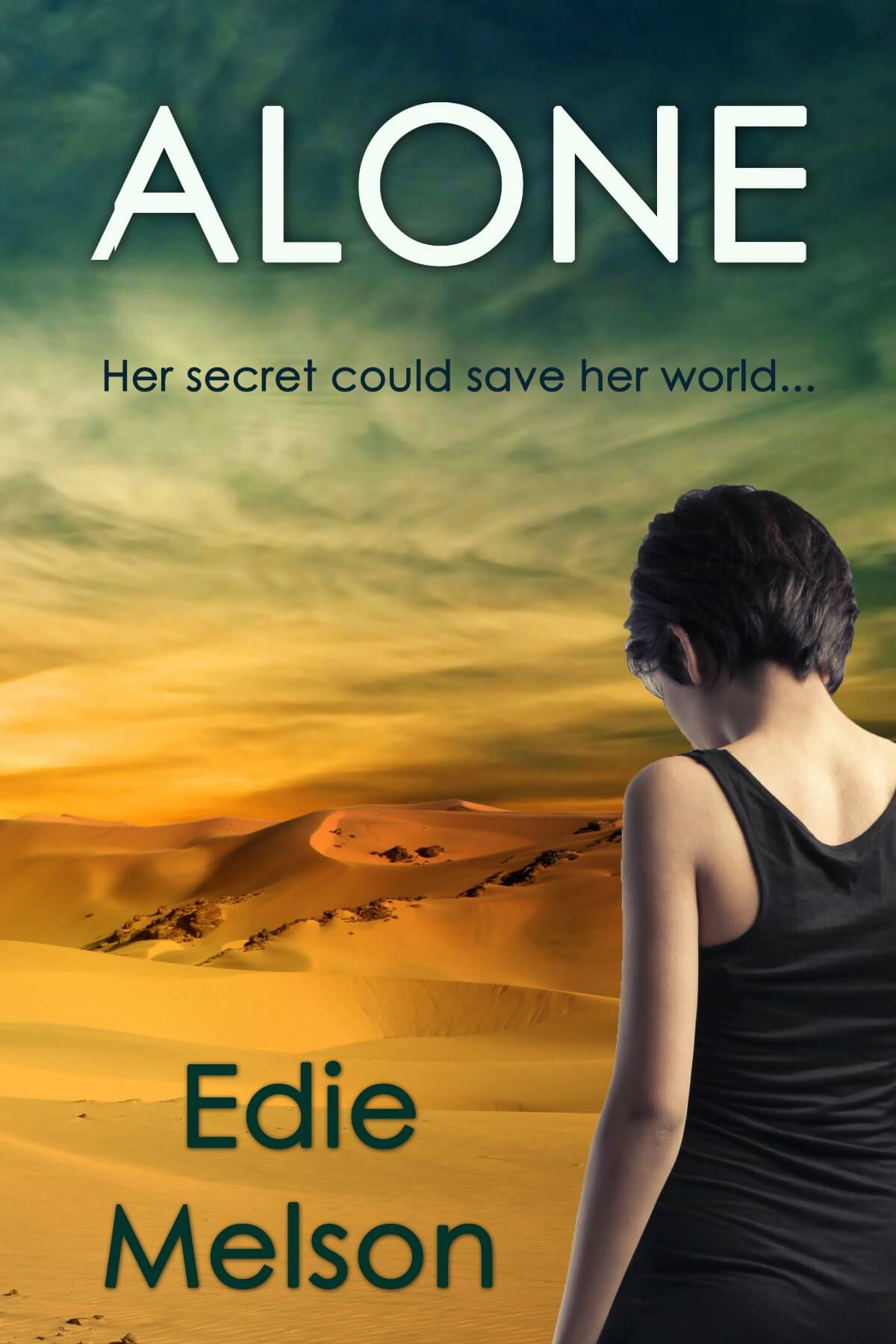









Great post, Gina. I struggled with this myself. Since most mystery readers cross genres themselves to the suspense side, it's easy for writers to get confused. I've noticed the best mysteries involve simple crimes. A murder committed by a cheated spouse or someone who lost a bundle in a business deal gone bad. When our crimes get elaborate, we're making it unfair for the reader. I like to go back and read the classic mysteries. Simple crimes, a few suspects, and breadcrumb trail of clues. Just a good, fun read.
ReplyDeleteGood points, Ron! I guess I should keep that in mind for my second book! Seems like in my first one I ODed on the complicated mystery thing, but then again that's how I like them!
DeleteFor all the romantic suspense I read when I was younger, I never knew the difference either until I borrowed a book on the subject. (How to write Killer Fiction: the Funhouse of mystery and the roller coaster of success). Myatery is my favored genre to read but I haven't attempted one yet...yet.
ReplyDeleteAnd so it leaks into the type of historical fiction or romances that I read: I want a twisty plot and plenty of suspense. This is why I enjoyed Christine Lindsey's Shadowed in Silk so much!
I agree, Gina. Our newer mystery sleuths have a lot more depth and growth in their characters: Consider the growth of Miss Marple over the course of 10-12 books. Yes, I don't recall any either.
Funny you should mention that book, Debra! That's the main one I read as well. Really well written, concise and easy to understand!
DeleteThis comment has been removed by the author.
DeleteGina--EXCELLENT post. I'm sharing this w/the Suspense Writers' group I'm in. I had lots of questions about the book I wrote, but it leans more toward the mystery category than the suspense category. And now we need a post on COZY mysteries vs. regular mysteries! I know cozies are shorter, etc, but it'd be nice to have a list.
ReplyDeleteThanks, Heather! There are so many types of mysteries, maybe I'll cover that next time!
DeleteGina, Thanks for this excellent post--informative and succinct. It helped me realize I'd been writing a suspense novel with mystery threads, which is helping me complete the climax and ending as I post this comment. And in reading the other comments, I now have a resource to check out to help me grow in my craft. Thanks for the tips.
ReplyDeleteYay! Glad I could help, Becky!
DeletePerfectly said! Confusing the two is an easy pit to fall into. Thanks so much for sharing!
ReplyDeleteYes, it's easy to confuse the two especially if you don't know expectations of the genres!
Delete